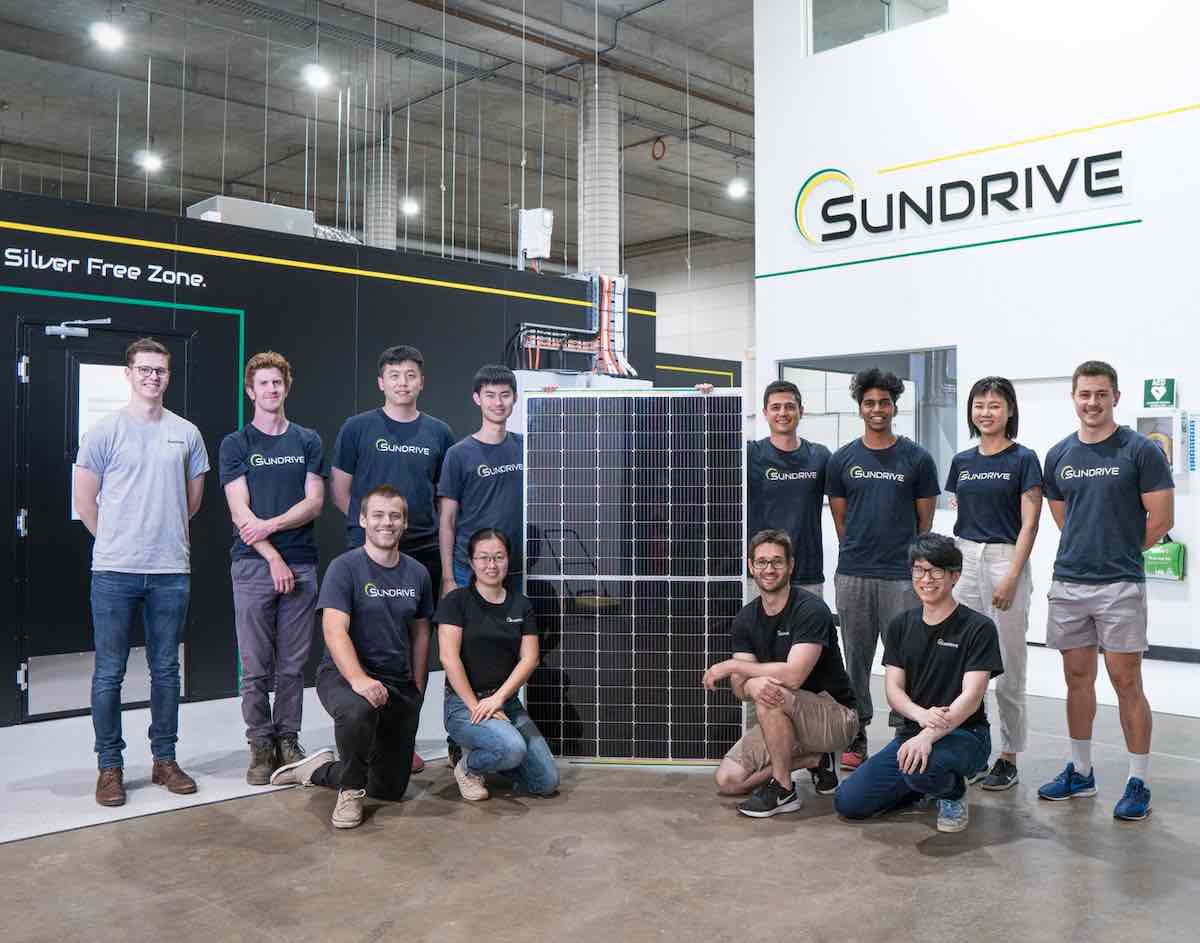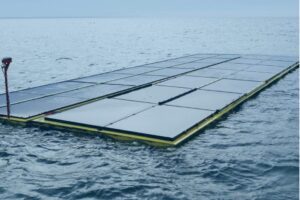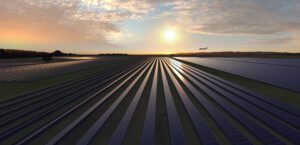A new white paper released by the Australian Renewable Energy Agency has outlined a pathway to reach “ultra low cost solar” – slashing costs of solar PV to just one third of its current cost and below $20 a megawatt hour.
ARENA chief executive Darren Miller says the white paper on the previously announced 30-30-30 target for solar – 30 per cent efficiency and a 30 cent cost per watt by 2030 – should translate into a levellised cost of electricity from solar PV of just $20 a megawatt by 2030.
“Some say solar is cheap enough and ask why we need to do any more,” Miller said, noting that it was, indeed, cheap enough to meet short term goals such as the 82 per cent renewable target by 2030.
“But unless we make solar much, much cheaper, we will not be able to push fossil fuels out from every corner of the economy and tap into our vast potential as a renewable energy superpower.”
Miller said ultra cheap solar was essential to make the “bulk energy generation” that will deliver “very cheap baseload power” – for industrial processes and green hydrogen and even as a substitute for storage. And it will address the issues – through improved efficiencies – on the question of land use.
“Ultra Low Cost solar is the solution to these problems. If we can make ultra low cost solar a reality, we can turn Australia’s comparative advantage in sun, wind and land into a competitive advantage that underpins our economic success,”
The white paper says urgent action is needed to accelerate Australia’s progress towards net zero, and says solar will be “one of the heroes” of this story by making it possible to decarbonise hard to abate sectors.
What’s needed is a step change in solar module efficiency, from around 22 per cent solar module efficiency to more than 30 per cent by 2030, and then beyond towards 40 per cent. And it needs a reduction in the installed cost of solar from more than $1 per watt to less than 30c.
A seminar on Wednesday at the Clean Energy Summit also heard from four solar experts – Renate Egan, the head of the Advanced Centre for Advanced Photovoltaics, SunDrive co-founder Vince Allen, Grok Ventures CEO Jeremy Kwong-Law, and 5B head of strategy Nicole Kuepper-Russell.
Egan says the key to improving efficiency will come in the development of tandem and multi-junction cells and Australia – as it has done in the past – will lead the way in research and development. “With tandem cells we can do more than 30 per cent at scale and over a longer lifetime,” she said.
SunDrive’s Allen says another key is the ability to improve efficiency from bi-facial modules which allow reflected sunlight (the albedo effect) to be captured by the rear of the panels. SunDrive is also working on replacing expensive silver with abundant and cheaper copper to further slash costs.
“There is a kind of misconception that solar is solved. But only one per cent of global energy comes from solar, and we are at or near the limits of the technology now. We are going to need more,” Allen said.
“Australia held the solar efficiency record for 30 of last 40 years, so we are in pole position to do this.”
Kuepper-Russell says scale matters. 5B is rolling out readily deployable pre-fabricated module arrays that she says are perfect for the remote areas where the vast solar arrays – like those contemplated by Grok and its partners in the Sun Cable project – will be built.
“The question is whether you can get scale – and address the labour, safety and supply issues – and deploy solar as rapidly as possible. Pre-fabrication addresses those issues – it’s an optimisation game.”










